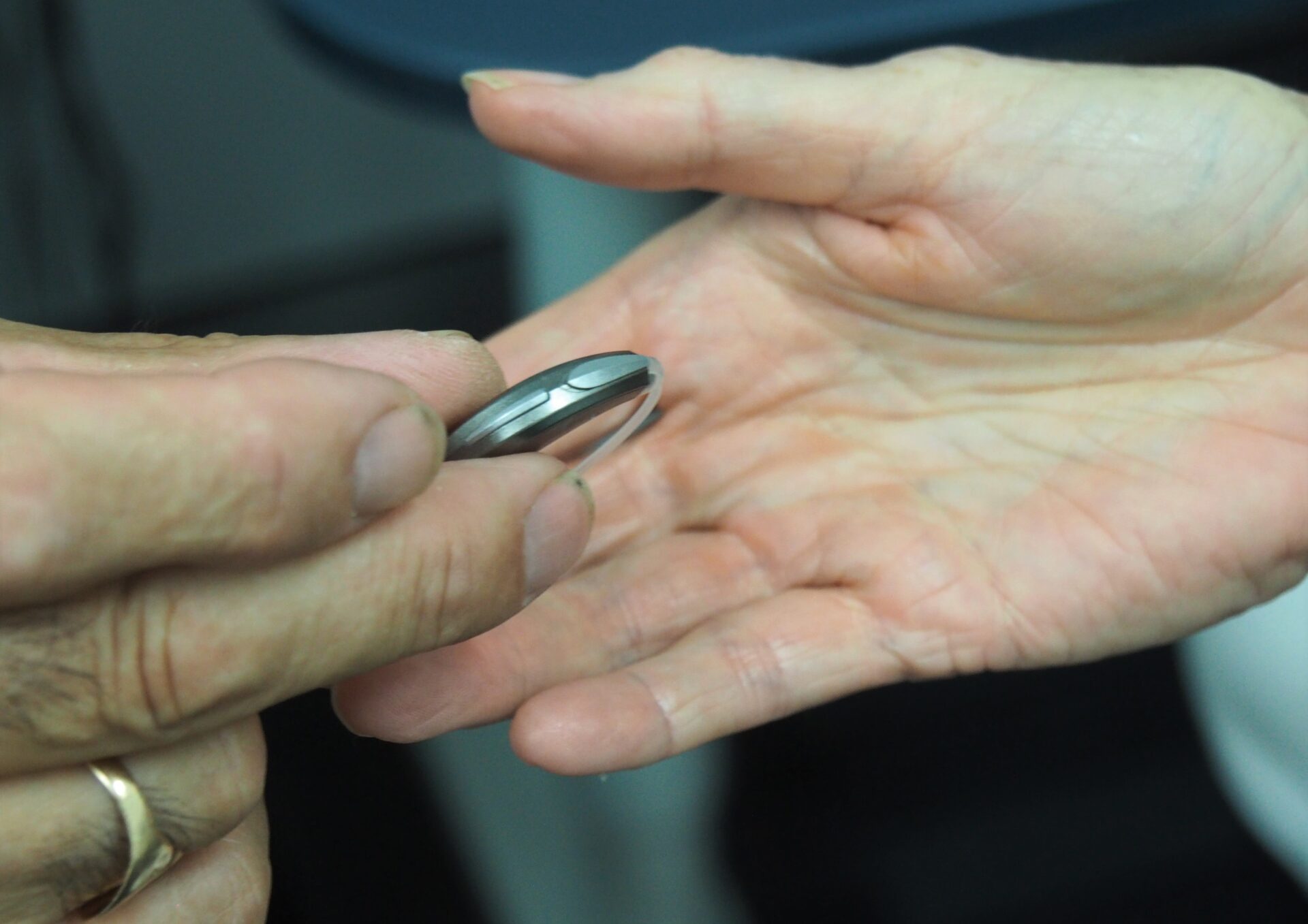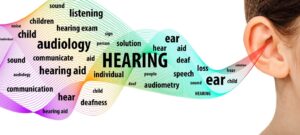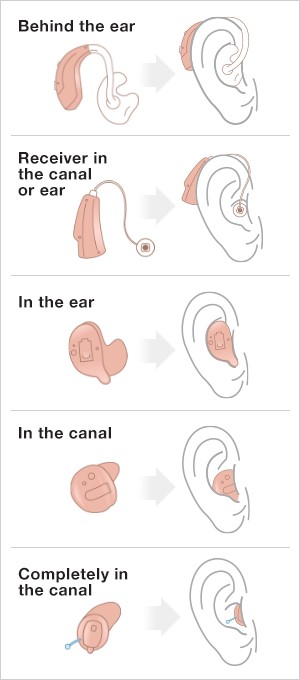Explore Our Interesting Posts About Hearing Care

Bringing You Insightful Facts About Hearing Loss
There are three types of hearing loss: sensorineural hearing loss, conductive hearing loss, and mixed hearing loss.
Sensorineural hearing loss is the most common type of hearing loss. It occurs when the inner ear nerves and hair cells are damaged—perhaps due to age, noise damage, or something else. Sensorineural hearing loss impacts the pathways from your inner ear to your brain. Most times, sensorineural hearing loss cannot be corrected medically or surgically but can be treated and helped with the use of hearing aids.
Conductive hearing loss is typically the result of obstructions in the outer or middle ear—perhaps due to fluid, tumors, earwax, or even ear formation. This obstruction prevents sound from getting to the inner ear. Conductive hearing loss can often be treated surgically or with medicine.
Mixed hearing loss is just what it sounds like—a combination of sensorineural and conductive hearing loss. As with any medical condition, it’s best to know what you “have” before deciding what to do about it. A consultation with a hearing professional can help determine the type, cause, and degree of your hearing loss.
Hearing loss is caused by many factors, most frequently from natural aging or exposure to loud noise. The most common causes of hearing loss are:



